










 degree of heat34
degree of heat34
From March 24th to 26th, under the attention of the whole internet, the independently designed and built "Haiji NO.2", the largest deepwater jacket platform in Asia, smoothly launched into the waters of Liuhua Oilfield and precisely achieved offshore installation.

From the departure to the installation, "Haiji NO.2" has continued to receive attention from all parties. It was broadcast in multiple News Live segments, appeared on the News Network on the night of its launching, and the hashtags #This super project uses a huge slide on the sea#, #Installation of Haiji NO.2on the sea#, successively ranked third on the Weibo trending search list, allowing a group of major national assets and CNOOC employees to "appear on TV" and become popular.
Multiple pieces of news were broadcast by CCTV News ↓↓↓.
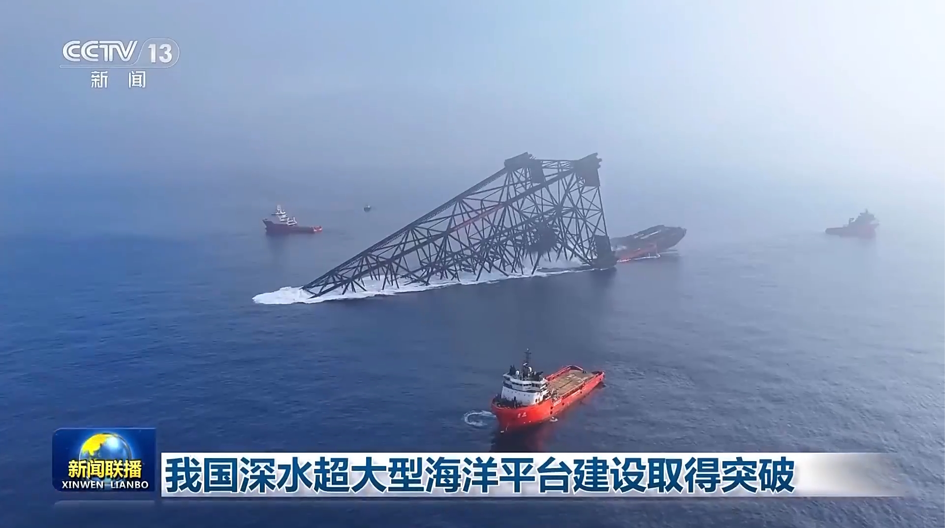
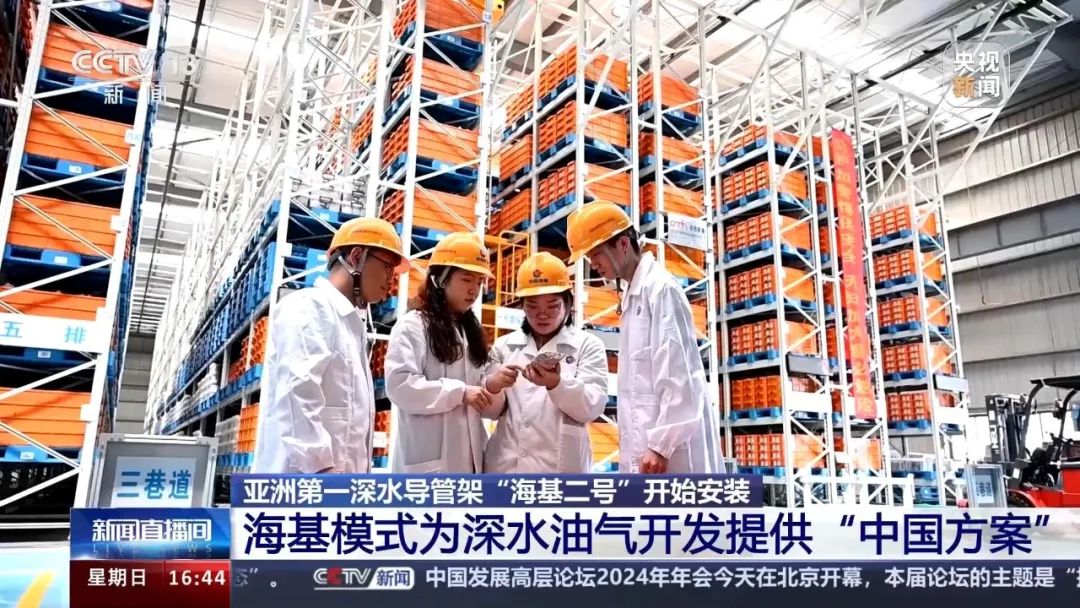

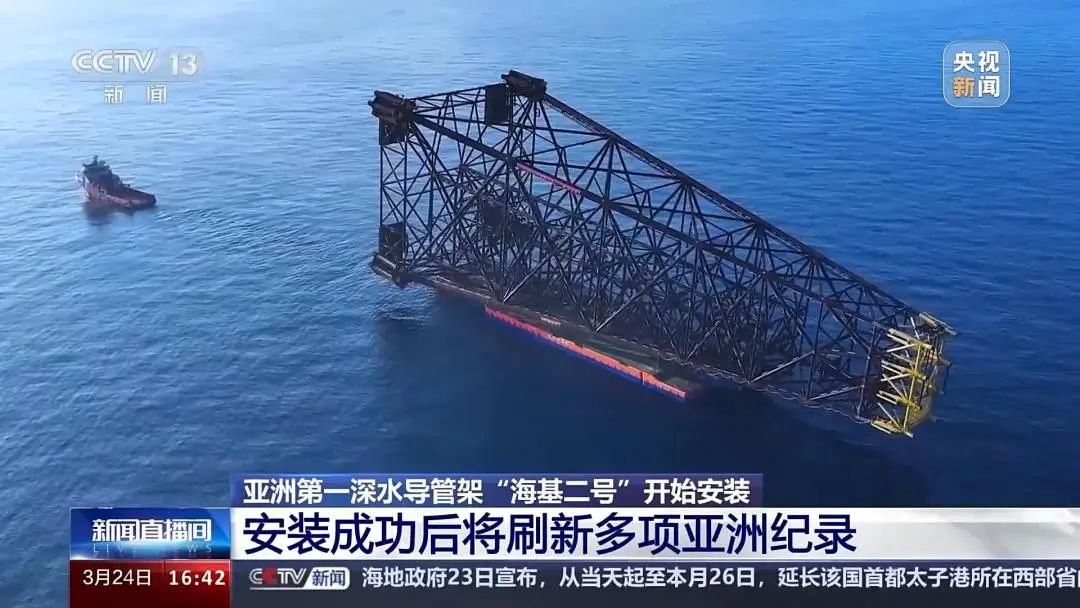
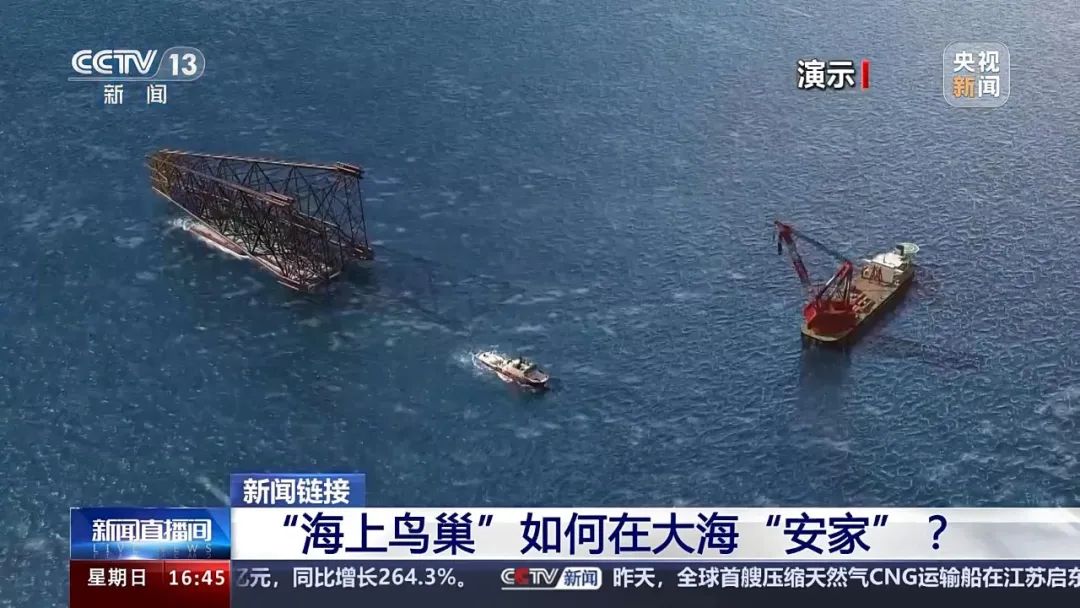
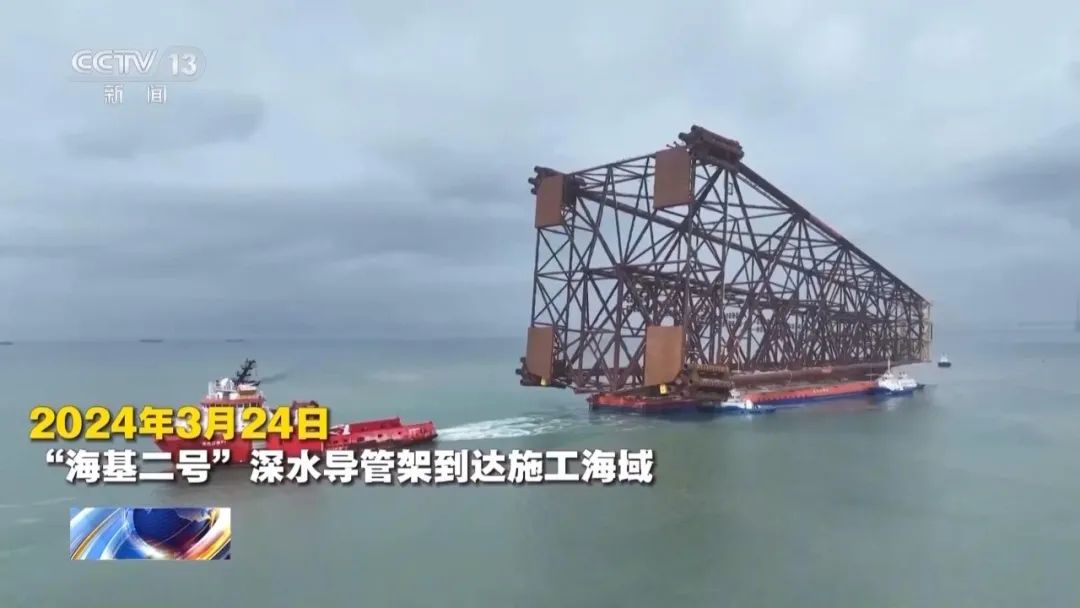

The launch and installation of the jacket platform has trended on Weibo for two consecutive days.




The vivid and interesting "nicknames" such as "the nest on the sea" and "the huge slide on the sea" are all used to describe the major national asset "Haiji NO.2" and the significant node of its just-completed launch and installation. The fixed jacket platform is the most widely used offshore oil and gas production facility in the world. The jacket is equivalent to the "foundation", supporting the huge offshore oil and gas production platform on the sea.
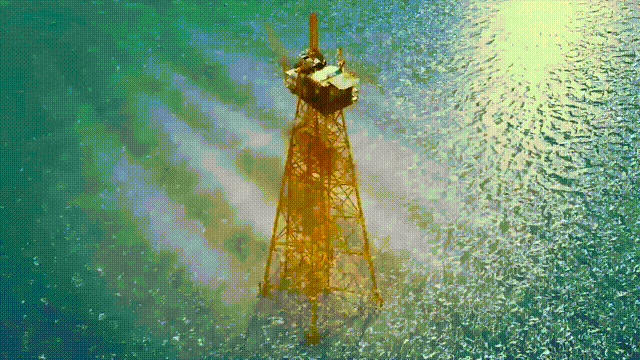
The total weight of the "Haiji NO.2" jacket is nearly 37,000 tons, and the steel consumption is close to the total steel structure weight of the National Stadium Bird's Nest. The total height is 338.5 meters, exceeding the height of the main building of Beijing Guomao Phase III. It is designed according to the severe sea conditions once in a hundred years, and it is the jacket with the largest height and operating water depth in Asia.
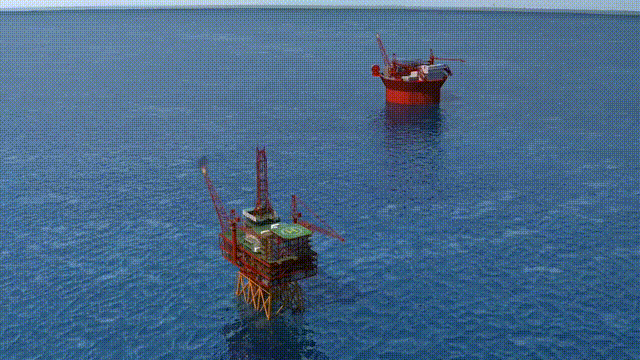
This is also the first time in Asia to carry out the installation of fixed jacket platforms in waters deeper than 300 meters, refreshing many Asian records such as operating water depth, height, and weight. After the platform is completed, it will be put into service in the secondary development project of China's first deepwater oilfield: Liuhua 11-1/4-1, realizing the reutilization of billion-ton reserves, which is equivalent to discovering a new medium-sized oilfield and helping to extend the life of the oilfield by nearly 30 years.
The 10,000-ton giant scored a perfect entry into the water. A "giant" of 37,000 tons slipped into the sea in less than a minute and maintained a stable posture. The "huge slide" seems simple, but every slight posture has undergone strict calculations.
The first step is to arrive safely. The "Haiji NO.2" jacket is welded and fixed to the barge with 34 tension rods and 12 rib plates to ensure stable transportation. On March 22, the jacket set off from the Zhuhai Deepwater Equipment Manufacturing Base and after more than 40 hours of dedicated sailing, it successfully arrived at the scheduled sea area on the morning of March 24.

The second step is extreme cutting. During transportation, the jacket is welded and fixed to the floating hull by steel plates. After arriving, more than 70 construction workers worked continuously for more than 20 hours to cut the steel plates to "unbind" the jacket, and all the cutting operations were completed in the early morning of the 25th.

The third step is to enter the water steadily. The "Haiyang Shiyou 229" ship, which carried the "Haiji NO.2" jacket this time, continuously changed the angle of the ship's body during the cutting by injecting water and loading, to cooperate with the launching of the jacket.

When the front end of the deck of the "Haiyang Shiyou 229" ship reached 4 degrees below the horizontal plane, only four shear plates of the fixture remained, and each shear plate was provided with 24 holes in the middle and divided into two groups. The workers cut in groups according to the orders. As the connecting force continued to decrease, the "Haiji NO.2" jacket, under the influence of gravity, would tear the shear plates like tearing perforated stamps and slip into the water.
The fourth step is to inject water to upright. After entering the water, the hollow pipe tension rods of the jacket will provide sufficient buoyancy to allow it to float on the water and be towed to the vicinity of the upright position by four wet tow tugs. The hollow pipe legs are gradually filled with sea water from the bottom compartment and sink into 300-meter water, while the head is hoisted by the "Blue Whale 7500" ship to continuously adjust the posture, and finally, the "Haiji NO.2" accurately completes the seating target.

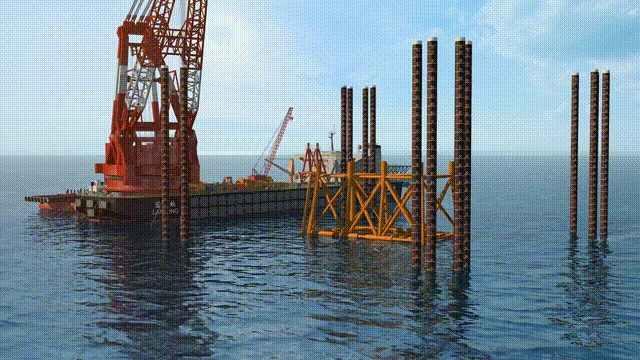
"One of the artifacts: the longest " stabilizing needle of the sea". Along with the arrival of the "Haiji NO.2" jacket, there are 16 "stabilizing needle of the sea" - giant steel piles that are 170 meters long and are used to fix the jacket, which both set new Asian records in weight and length. They are also produced in the Zhuhai construction site and will be driven more than 130 meters under the mud by a deepwater piling hammer at a water depth of 324 meters in the future.

The second artifact: the largest "marine powerhouse". The "Ocean Oil 229", which is used for transportation, is the largest dedicated launching barge in Asia. Despite this, after the "Haiji NO.2" jacket is loaded onto the ship, it extends 18.5 meters forward and 110.9 meters aft. Also involved in the on-site installation of the "Haiji NO.2" jacket are the "Ocean Oil 201", the largest pipelaying vessel in Asia, and the "Blue Whale 7500", the second largest single-crane lifting vessel in Asia.

The third artifact: the strongest "magic steel to subdue the dragon". The "Haiji NO.2" jacket makes extensive use of high-strength S420 marine steel independently developed by China, and the project has also overcome the key technology of lightweight design of ultra-large offshore platforms.
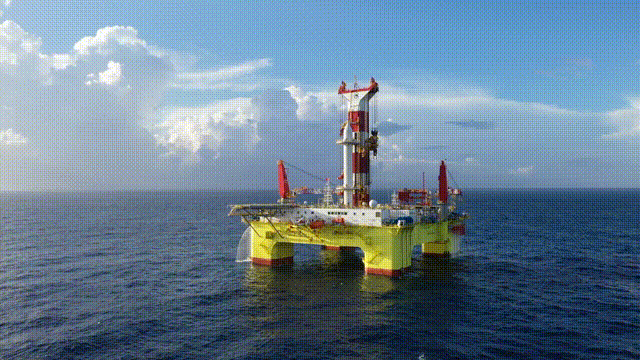
The deep water area above 300 meters is rich in oil and gas resources and has become an important battlefield for China's offshore oil and gas development. At present, CNOOC has successively built two 300-meter-class deepwater jackets, "Haiji No.1" and "Haiji No.2", and related technologies have been extended to the deepwater development projects in the southern waters of China, providing a "Chinese solution" for the construction of global deepwater equipment.
"Haiji No.2" innovates the development model by adopting the model of "deepwater jacket platform + cylindrical oil and gas processing plant", which provides new ideas for the economically efficient development of deepwater oil and gas fields and promotes the steady progress of the energy industry towards the deep sea.

Next, "Haiji 2" will continue to carry out follow-up construction operations such as underwater piling and upper block installation, promote the revitalization of billion-ton-class old oil fields, and open up a new path for the economically efficient development of China's deepwater marginal oil fields.